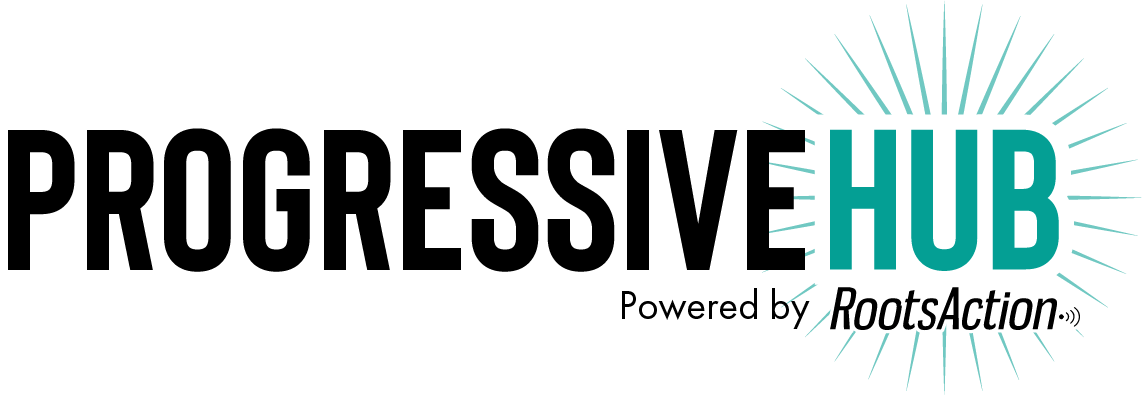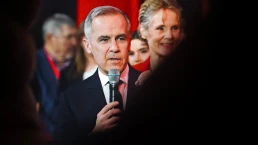To protect future generations, Americans need forward-looking reforms for our higher education financing system. Congress should finally pass a proposal that guarantees enough Pell Grants and other debt-free financial aid for any student trying to earn a college degree.
By Charlie Eaton, Amber Villalobos and Frederick Wherry, New York Times
At least 43 million Americans have student loan debt, ranging from hundreds to hundreds of thousands of dollars. Until now, there’s been no hope of a bailout.
Just as some argued that the subprime mortgage crisis was a matter of millions of people choosing to borrow too much, others have said that the student debt crisis is primarily the fault of the debtors. This myth hides that it was a harmful policy decision to encourage disadvantaged students to borrow for college in the first place. In 2008, the federal government was willing to bail out banks after their risky lending practices devastated the economy. We need a similar such bailout today. But unlike in 2008, this bailout would go to the victims of a crisis, not its perpetrators.

For the last three decades, our government’s lending practices devoured borrowers’ incomes, prevented homeownership, and contributed to despairing anxiety. Lenders have denied borrowers access to loan relief programs and for-profit colleges have hounded prospective student borrowers, even when they knew graduates would get little return on their investments. By the time President Barack Obama left office, student loans were just as speculative and commonplace as subprime mortgages.
President Biden has signaled that we must make amends for this debt trap by bailing out the generation of borrowers who have been wronged. But the $10,000 of debt cancellation per borrower that he’s suggested will not be enough.
In 1975, only an estimated one in eight college students used federal student loans to pay for college. During that period, Pell Grants covered much of the cost of attending most public universities, and grants were available to anyone from middle- or low-income families.
But a surge of economically disadvantaged students pursued higher education in the 1980s as factory closures, automation and union-busting decimated the middle class. At the same time, President Ronald Reagan persuaded Congress to cut Pell Grant awards.
Recent Posts
Zohran Mamdani & Bernie Sanders Join Striking Starbucks Workers
December 6, 2025
Take Action Now ‘This is a union town.’ Zohran and Bernie join the Starbucks picket line to demand the coffee giant reach a fair contract…
Canadian Liberals Fear Closing Arms Export Loophole Would Anger U.S.
December 5, 2025
Take Action Now A leaked briefing document gives the full picture behind the government’s talking points.By Alex Cosh, The Maple A leaked Liberal…
Video of U.S. Military Killing Boat Strike Survivors Is Horrifying, Lawmakers Reveal
December 5, 2025
Take Action Now “What I saw in that room is one of the most troubling scenes I’ve ever seen in my time in public service.”By Nick Turse, The…
There They Go Again: Trumping Up A Non-Existent Threat To Menace A Country Most Americans Couldn’t Find On A Map
December 4, 2025
Take Action Now A recent CBS News poll shows widespread public skepticism and disapproval of any US military attack against Venezuela, properly so,…




